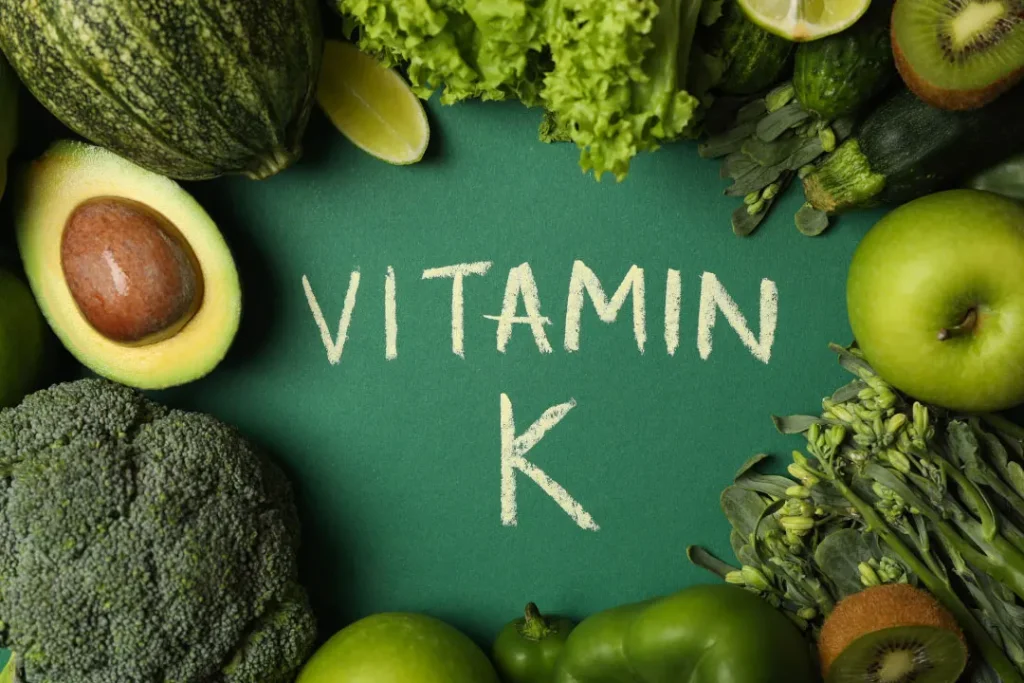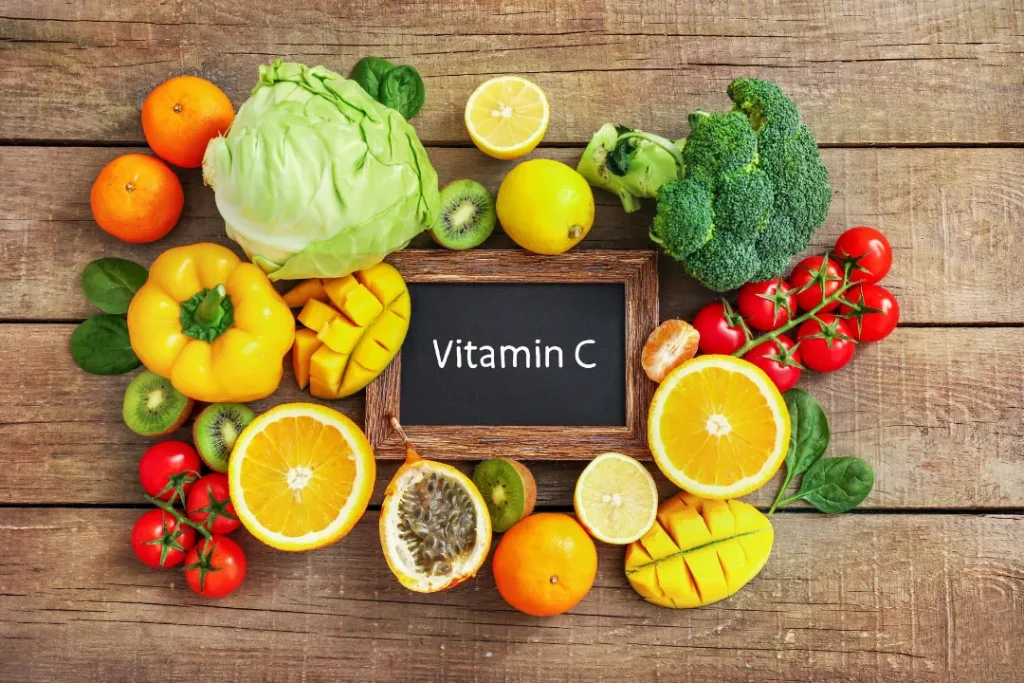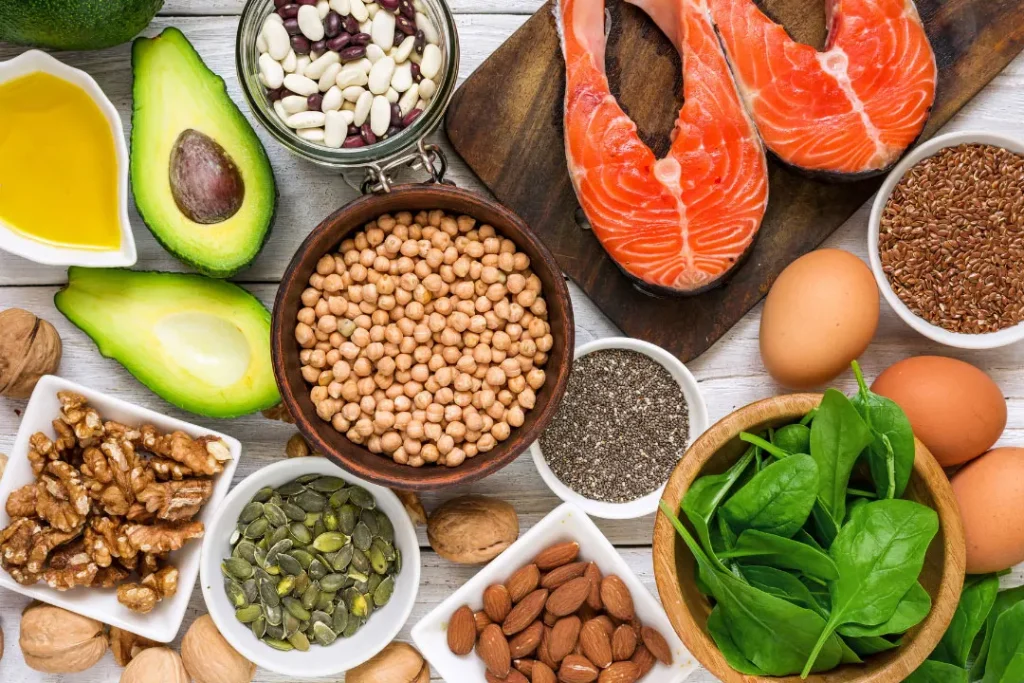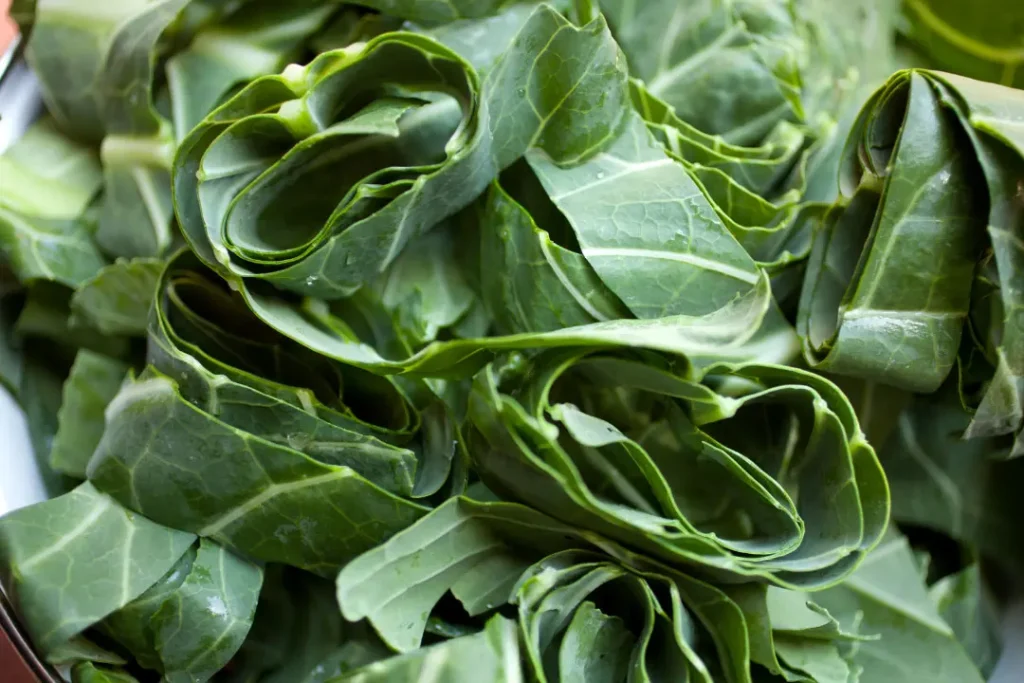Collard greens (Brassica oleracea), a cruciferous vegetable, have long been a mainstay in diets around the world, particularly in the South and portions of Africa. Despite their widespread usage, many people are unaware of the significant health benefits and potential dangers linked with them. The purpose of this page is to explain the nature of collard greens, their health advantages, the appropriate dosage, potential side effects, and substance interactions, with the goal of facilitating the responsible use of this dietary supplement.
You May Also Like:
Caprylic Acid: Benefits, Dosage, Side Effects, Drug Interactions, and Other Important Information
Chia Seeds: Benefits, Dosage, Side Effects, Drug Interactions, and Other Important Information
The Nature of Collard Greens
Collard greens are a member of the Brassica family, which includes broccoli, Brussels sprouts, and cabbage. Their huge, dark-colored, tasty leaves distinguish them. Collard greens’ particular nutritional profile, which contains high concentrations of vitamins A, C, and K, as well as other minerals and phytonutrients, attests to their health-promoting abilities.
Collard greens are high in dietary fiber, which assists digestion and promotes good gut health. Furthermore, they are a rich source of antioxidants, which aid in the fight against oxidative stress and inflammation. Beta-carotene, lutein, zeaxanthin, and quercetin are important antioxidants contained in collard greens.

Health Benefits of Collard Greens
Because of their high nutritional value, collard greens provide several health benefits. Their antioxidant activity promotes cellular health by neutralizing potentially harmful free radicals, potentially lowering the risk of chronic diseases including cardiovascular disease and cancer. Furthermore, the high dietary fiber content promotes intestinal health, lowers cholesterol levels, and supports weight management.
Vitamin K, which is plentiful in collard greens, is essential for bone health and blood coagulation. It aids in the generation of proteins required for bone mineralization, lowering the risk of osteoporosis.
Vitamin C improves immune function and skin health by assisting in collagen formation. Furthermore, vitamin A, in the form of beta-carotene, promotes eye health and may help prevent blindness.
The Chemistry of Collard Greens
Collard greens are high in beneficial chemicals, which contribute to their health advantages. Collard greens’ chemistry includes vitamins A, C, and K, as well as minerals including calcium, magnesium, and potassium. Vitamin K is mostly found as phylloquinone, whereas vitamin A is found as beta-carotene, a pro-vitamin A carotenoid.
Furthermore, collard greens contain glucosinolates, sulfur-containing chemicals that contribute to the pungent scent and bitter taste of cruciferous vegetables. When glucosinolates are broken down, either through chewing or boiling, they produce bioactive chemicals such as isothiocyanates and indoles, which have been linked to collard greens’ cancer-protective properties.
Furthermore, the inclusion of quercetin, a powerful antioxidant flavonoid, and chlorophyll, a phytonutrient required for photosynthesis, improves the nutritional profile.


Active Physiological Mechanisms of Collard Greens
Collard greens’ health advantages are mostly due to the metabolic reactions that their ingredients promote within the body. The high fiber content improves digestion, reduces sugar absorption into the bloodstream, and promotes satiety, all of which help you with weight management and your metabolic health.
When beta-carotene is consumed, it is transformed into vitamin A in the body. It is essential for maintaining healthy vision, boosting the immune system, and stimulating cell growth. Beta-carotene, along with other carotenoids such as lutein and zeaxanthin, helps filter high-energy blue and ultraviolet light, protecting eye cells from damage and potentially lowering the risk of age-related macular degeneration.
Collard greens include vitamin C, which acts as an antioxidant, neutralizing damaging free radicals that might otherwise damage cells and contribute to chronic diseases. It also promotes collagen formation, which is necessary for the structural integrity of the skin, blood vessels, tendons, and ligaments.
Collard greens contain vitamin K, which aids in the carboxylation of specific glutamate residues in proteins to generate gamma-carboxyglutamate (Gla) residues. The proteins that undergo this change are typically involved in coagulation and bone metabolism, which explains vitamin K’s significance in blood clotting and bone health.
When glucosinolates in collard greens are broken down into isothiocyanates, these chemicals can trigger phase II detoxification enzymes, have anti-inflammatory properties, and may prevent cancer cell proliferation.
To summarize, the rich chemistry of collard greens and the physiological mechanisms stimulated by their components highlight the importance of these leafy vegetables in promoting health and potentially preventing disease. The interaction between these multiple bioactive substances and our body systems is the cornerstone of collard greens’ health advantages, demonstrating the complicated link between diet and health.


Optimal Portioning of Collard Greens
There is currently no commonly accepted recommended dosage for collard greens. Individual nutritional demands, dietary habits, and tolerances all influence consumption. Ideally, one to two cups per day of collard greens will contain a sufficient amount of nutrients for adults who want to maintain a healthy diet.


Potential Side Effects
While collard greens are generally safe to consume, over consumption may result in negative effects due to their high vitamin K level. Because vitamin K is essential for blood clotting, taking excessive quantities can interact with blood-thinning drugs such as warfarin. Individuals using such medications should maintain a regular intake of vitamin K, as substantial variations can compromise treatment efficacy.
Potential Substance Interactions
Furthermore, collard greens contain goitrogens, which are naturally occurring chemicals that might interfere with thyroid hormone production if ingested in excess, particularly uncooked. Cooking can assist to neutralize and reducing the impact of these chemicals.
Furthermore, because of the high potassium level of collard greens, you should avoid eating them if you struggle with kidney illness. High potassium levels can be dangerous for people who have impaired renal function because their systems may struggle to eliminate extra potassium from the blood, potentially leading to hyperkalemia.
Best Responsible Use
Collard greens, with their high nutritional value and health benefits, add significant value to our meals. They provide a straightforward, low-cost technique for increasing our consumption of vital vitamins, minerals, and antioxidants. While they are typically safe to consume, people on blood thinners, those with thyroid disorders, and those with compromised renal function should be cautious of potential adverse effects and interactions. Incorporating collard greens into one’s diet appropriately can have a substantial impact on one’s overall health and well-being. The key, like with anything else, is moderation and balance.


Collard Greens: Conclusion
Collard greens are a staple vegetable entry for a lot of people. They are not only a delicious side dish or component in recipes, but they carry immense nutritional value as well.
Remember, if you want to get the most out of collard greens (as is the case with most vegetables), you should eat them raw. Raw vegetables often retain most of their nutrient density when not cooked or boiled, so the best way of obtaining the vitamins out of collard greens is to eat them purely uncooked.
We hope you learned something new about collard greens from this post, and that you’re inspired to introduce more collard greens into your diet moving forward.
References:
- “Collard Greens” Fruits & Veggies More Matters. Retrieved From: https://www.fruitsandveggies.org/fruits-and-veggies/collard-greens/
- “Why you should eat your collard greens.” Retrieved from: https://www.medicalnewstoday.com/articles/277957
- “What Are The Health Benefits Of Homegrown Collard Green?” Retrieved from: https://gardenerspath.com/plants/vegetables/health-benefits-collard-greens/#:~:text=Eaten%20raw%2C%20they%20are%20just,greens%20are%20recommended%20over%20cooked.
Important Note: The information contained in this article is for general informational purposes only, and should not be construed as health or medical advice, nor is it intended to diagnose, prevent, treat, or cure any disease or health condition. Before embarking on any diet, fitness regimen, or program of nutritional supplementation, it is advisable to consult your healthcare professional in order to determine its safety and probable efficacy in terms of your individual state of health.
Regarding Nutritional Supplements Or Other Non-Prescription Health Products: If any nutritional supplements or other non-prescription health products are mentioned in the foregoing article, any claims or statements made about them have not been evaluated by the U.S. Food and Drug Administration, and such nutritional supplements or other health products are not intended to diagnose, treat, cure, or prevent any disease.
